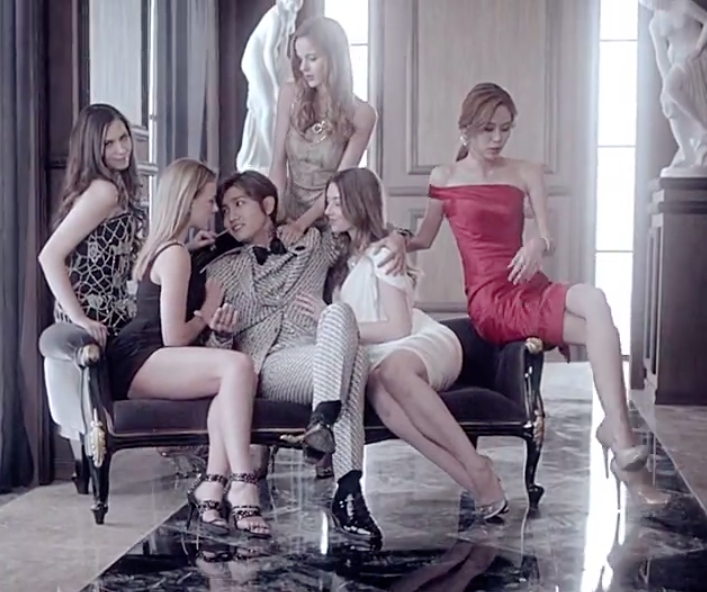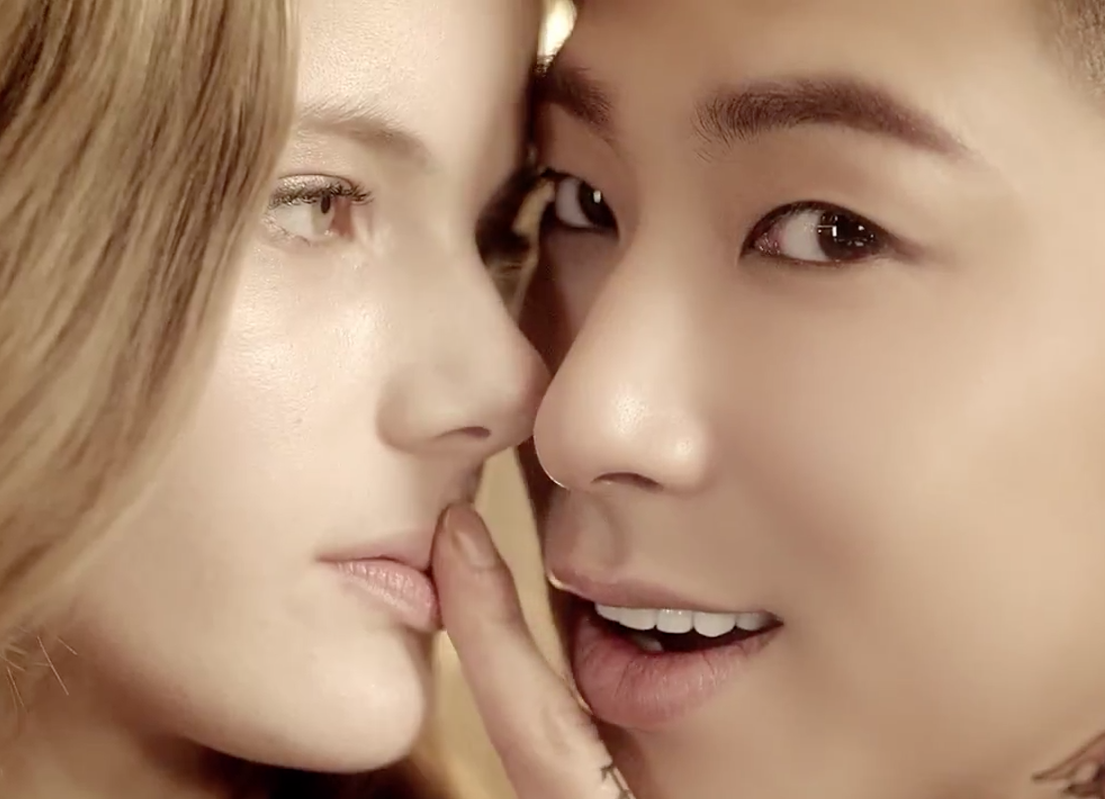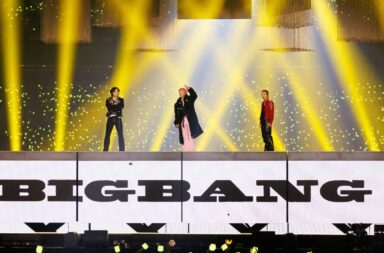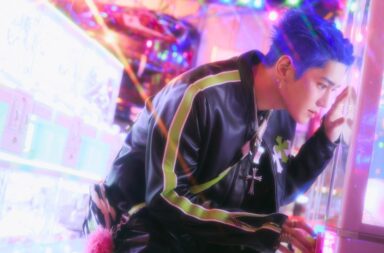 DBSK’s newest MV for “Something” is a pretty glamorous video. Tuxes (or variations of such), gold rooms, jewelry, and oh, yes, and white women. Time after time, when a K-pop video really wants to show how well off their singers are, the inclusion of white women is almost the default. While many people see this as K-pop becoming more open minded and aware of it’s multicultural audience, it’s more problematic than anything.
DBSK’s newest MV for “Something” is a pretty glamorous video. Tuxes (or variations of such), gold rooms, jewelry, and oh, yes, and white women. Time after time, when a K-pop video really wants to show how well off their singers are, the inclusion of white women is almost the default. While many people see this as K-pop becoming more open minded and aware of it’s multicultural audience, it’s more problematic than anything.
First things first: including white people isn’t including the vast diversity in the K-pop audience. While artists have included other races, such as Ladies’ Code debut “Bad Girl” and Xia’s “Incredible,” the majority of artists tend to include only white people and, even then, only white women. When a video has a club or party like atmosphere, yeah, maybe they’ll throw in a few other races, but when they’re going strictly for a high class atmosphere, it’s usually white and Asian only. It’s creating a fetish like atmosphere instead of an inclusive one when it comes to race and K-pop. It has been written about before how K-pop seems to open its arms to it’s white fans, but turns it back to other races.
And this doesn’t mean that this is good for white women either.
 The women in these videos usually do not act at all. While many others have the girl be part of the storyline, they are simply sitting or standing near the idols. Sometimes they may kiss the idol or smile, but they are largely reduced to status symbols. Just as there is this “idea” of what asian women are in the West, this kind of effect is being placed on white women by their roles in these videos. They’ve become almost synonymous with glamor, like a new watch, or a fancy car, but not rounded out as individuals. You’ve made it? Here are some white girls to toss into your video, you know, for that razzle-dazzle. Specifically to the DBSK video, it starts off with women literally being objects — pieces of art, which is incredibly problematic.
The women in these videos usually do not act at all. While many others have the girl be part of the storyline, they are simply sitting or standing near the idols. Sometimes they may kiss the idol or smile, but they are largely reduced to status symbols. Just as there is this “idea” of what asian women are in the West, this kind of effect is being placed on white women by their roles in these videos. They’ve become almost synonymous with glamor, like a new watch, or a fancy car, but not rounded out as individuals. You’ve made it? Here are some white girls to toss into your video, you know, for that razzle-dazzle. Specifically to the DBSK video, it starts off with women literally being objects — pieces of art, which is incredibly problematic.
Whiteness is already idealized by a large majority of the world, but this video is literally portraying them as pieces of art to be admired. They’re adorning the walls of the hall like trophies, which puts a new twist on the term “trophy wife.” There are, at the very least, two main Asian women in the video. They seem to be the main female dancers, but when it comes to the shots of the boys sitting amongst their groupies, the Asian woman amongst the group is either off to the side, out of focus, or out of the shot entirely. So the Asian women can be there to entertain them, but they’re not amongst the women used to enhance the building, or the prestige of the two members.
 The Hallyu Wave has brought a lot of good for the K-pop fandom, but it’s also highlighted some of the problems of glorifying whiteness that is all too common in most popular media. DBSK is not the only offender when it comes to this, but they are the most recent. This is not to say that women — white or otherwise — shouldn’t be included in music videos (though there is something to be said about women being used as a status symbol at all, but that’s a topic for another day). The problem is that K-pop is giving minorities the same treatment as many mainstream media outlets already are. They’ll rap, travel and sing in your country — heck, they’ll even sport a bindi, but all that does is reduce entire groups of people to a superficial fad. If K-pop really wants to appear more open, they can start by letting more people in.
The Hallyu Wave has brought a lot of good for the K-pop fandom, but it’s also highlighted some of the problems of glorifying whiteness that is all too common in most popular media. DBSK is not the only offender when it comes to this, but they are the most recent. This is not to say that women — white or otherwise — shouldn’t be included in music videos (though there is something to be said about women being used as a status symbol at all, but that’s a topic for another day). The problem is that K-pop is giving minorities the same treatment as many mainstream media outlets already are. They’ll rap, travel and sing in your country — heck, they’ll even sport a bindi, but all that does is reduce entire groups of people to a superficial fad. If K-pop really wants to appear more open, they can start by letting more people in.
(Images via SM Entertainment)


